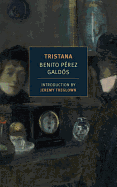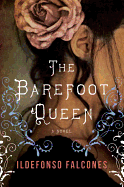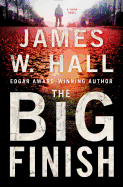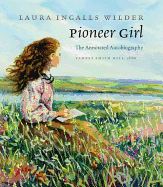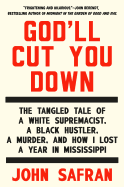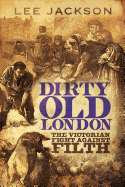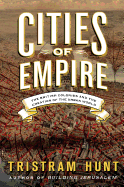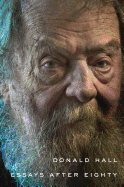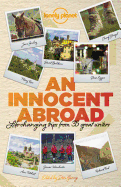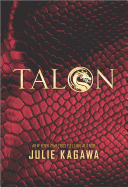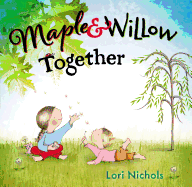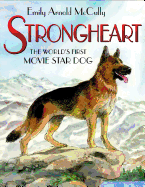 |
| photo: Chris Schmauch, GoodEye Photography |
Laurie King is the author of more than two dozen crime and mystery novels, including the Mary Russell series, inspired by Sherlock Holmes. She was inducted into the Baker Street Irregulars in 2010. King worked as co-editor, with Leslie Klinger, on the story anthology In the Company of Sherlock Holmes (Pegasus), the second volume of Holmes-inspired stories the duo has worked on (the first was A Study in Sherlock, published in 2012).
Both anthologies take an unorthodox approach to collecting Sherlock Holmes stories. Where did the original idea came from, and how that has shaped the collections?
It all started because Leslie Klinger suggested to the organizers of [the mystery convention] Left Coast Crime that he and I do a panel on Sherlock Holmes with people who aren't normally connected with Sherlock Holmes (Lee Child, Michael Connelly and Jan Burke). We had a great time with the panel itself, and afterward, he and I looked at each other and said, "Hey... I know what to do with this."
So we started asking people to contribute to an anthology. From the beginning, we looked for writers you don't think of as Sherlockians. With the exception of Neil Gaiman, who had written an earlier Holmes story, most of the authors that we have in the collections have never published something to do with Sherlock Holmes. That has really lent both collections an energy of newness.
Since you weren't looking for known experts on the Holmes canon for In the Company of Sherlock Holmes, how did you go about selecting the contributors?
Some of them were people we met at a party or conference who said how much they enjoyed the first collection, so we asked them to be in the next one. For the rest, we started with a core number of people who we knew we wanted to include in the second volume, and from there we spread out trying to get a balance in flavor and style.
How much direction did you give the contributors about the types of stories you wanted?
What we said was that anything inspired by the Holmes canon would work, so long as it was vaguely connected to Sherlock Holmes. And then we stood back. That was the shocking thing about this process: seeing what a first-rate, professional writer could do with an absolutely free slate.
The only time Les and I stepped in during the writing process was to answer questions about some Sherlockian detail, like where a certain character is in a given story. We functioned as a kind of resource for the contributors. As editors, we also made suggestions on how the stories could be tugged closer to the Sherlock canon, or made a bit tighter.
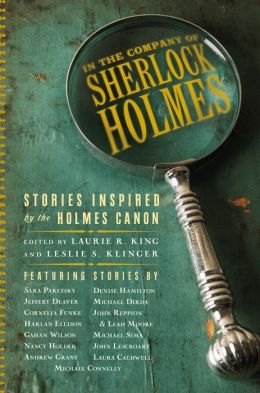 The range of style--from graphic story to a play on a series of Facebook posts--is as diverse as the time periods included in these stories.
The range of style--from graphic story to a play on a series of Facebook posts--is as diverse as the time periods included in these stories.
In any collection inspired by Sherlock Holmes, you expect to get things set in the Victorian era, or modern-day adaptations of the stories. Then there are stories in this collection like "Dunkirk," which shows that John Lescroat had clearly done a lot of research on the battle, and in looking for a way to use that exciting material in a story, asked himself how old Sherlock might have been in 1940. When he realized it could work, he brushed off the older Sherlock Holmes and saw what he could do at Dunkirk.
There are many clever nods to the original Holmes stories throughout the whole collection. Do readers need to be familiar with the original canon to appreciate the stories?
I think it's like many reading experiences: your background can enrich a book, but any fiction that requires a certain background is, I think, not a valid form of fiction. The story has to stand on its own.
It's also one of the advantages of choosing writers outside of the Sherlock community, as it were; they realize that not everyone speaks the "Sherlockian" language.
It's impossible discuss In the Company of Sherlock Holmes without asking about the "Free Sherlock" campaign, which resulted in a court ruling that Sherlock is now in the public domain. What was it like, being at the center of legal dispute over one of the most popular characters in literature?
I was somewhat removed from it, because it was more Les's thing, but, obviously, because it was sparked by a book that I was one of the editors for, I was involved. He had just decided that this assumption of possession of the first 50 stories on the part of the Conan Doyle estate was generally accepted--but flawed.
In the first volume, the issue of copyright was got around by paying the estate; over our objections, our first publisher's legal department decided it was simpler to pay for the usage. And indeed, most of the film companies have decided the same--that it's easier just to pay the Estate. But Les said no--they don't have the right to do this. He's a lawyer, and he felt they had no right to claim this character.
In the introduction of In the Company you wrote that you were already planning this second volume before you had even completed the first. Does that mean a third volume is already in the works?
Oh, yes. Les already has a list going. We have a conference coming up, and we're working on a list of people we can shoehorn into a corner and ask to write for us. These collections are just so much fun. --Kerry McHugh, blogger at Entomology of a Bookworm
Laurie King: Inspired by Sherlock Holmes
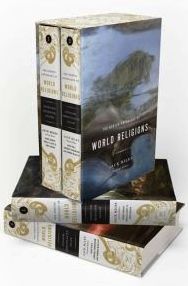





 The range of style--from graphic story to a play on a series of Facebook posts--is as diverse as the time periods included in these stories.
The range of style--from graphic story to a play on a series of Facebook posts--is as diverse as the time periods included in these stories. 